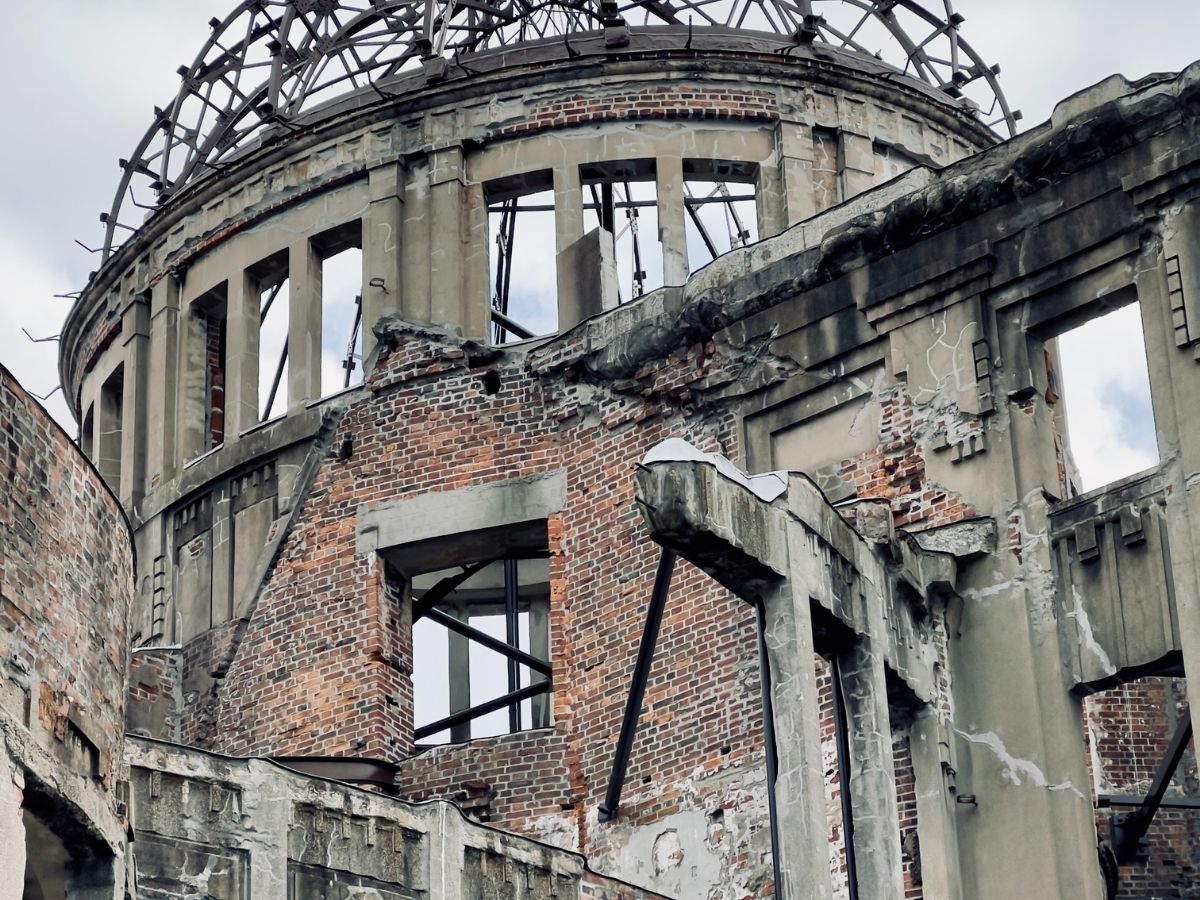As the world prepares to mark Hiroshima Day on August 6, when the US dropped atomic bombs on Hiroshima and Nagasaki, ushering in the age of nuclear warfare, ending World War II, we revisit the events of 1945 that left behind a legacy of unimaginable destruction, loss, and global reckoning that event to this date continues to shape international politics and peace efforts.
What Led to the Bombings?
By mid-1945, the US was nearing victory in World War II. After Germany’s surrender, attention turned to Japan. Despite firebombing raids and naval blockades, Japan refused to surrender. In response, the US finalised the use of atomic weapons developed under the secretive ‘Manhattan Project’.
Subsequently, a target list was narrowed down by the end of May 1945, reportedly including Hiroshima, Kokura, Niigata, and Kyōto. Archive reports suggest the then US Secretary of War Henry Stimson removed Kyōto on account of its cultural significance, replacing it with Nagasaki. Hiroshima, reports suggest, was chosen for its military importance and compact urban layout, which, some on the American side believed at the time was ideal for demonstrating the bomb’s power.
6 August, 1945: The Hiroshima Bombing
The bomb, named ‘Little Boy’, was assembled on Tinian Island and loaded onto a B-29 US bomber named Enola Gay, piloted by Cololnel Paul Tibbets. At 8:15 am Hiroshima time, the bomb was dropped over the city, exploding 45 seconds later above Shima Hospital.
With temperatures on the ground exceeding 7,000 degrees Celsius, an estimated total of about 70,000 people were killed within moments. The death toll, reports say, exceeded 100,000 by the end of the year. Only two percent of the uranium-235 used to create the atomic bomb Little Boy underwent fission, yet the outcome was reportedly equivalent to 15,000 tons of TNT.
Sgt. Bob Caron, the plane’s tail gunner, described it as a “peep into hell.” Then US President Harry Truman addressed the nation later that day, reportedly saying at the time,
“Sixteen hours ago an American airplane dropped one bomb on Hiroshima… It is an atomic bomb. It is a harnessing of the basic power of the universe.”
ALSO READ: Hiroshima Day: The Dawn of Nuclear Warfare & Impact of Nuclear Bombs | Explained
9 August, 1945: The Nagasaki Bombing
When Japan still refused to surrender, a second bomb, called ‘Fat Man’, was readied. Initially believed to have been bound for Kokura, thick clouds in the sky forced the crew to divert to Nagasaki. At 11:02 am, the bomb exploded over the Urakami Valley, killing approximately 40,000 people in a matter of few seconds, with total casualties reaching at least 70,000 by year’s end.
The Immediate Impact and Surrender
Between the two bombings, on 8 August, the Soviet Union declared war on Japan. The combined pressure led Emperor Hirohito to break tradition and back surrender. On 15 August 1945, Japan announced its surrender, and the World War II officially ended on 2 September with the signing aboard the USS Missouri.
Devastation and Casualties
A US War Department report in 1946 had estimated 135,000 casualties in Hiroshima and 64,000 deaths in Nagasaki.
Most fatalities were from burns, falling debris and radiation effects. In Hiroshima, 60,000 out of the 90,000 buildings were reported destroyed. Nearly all hospitals and emergency services were wiped out. Physicist Philip Morrison, who was sent to assess the damage, had said at the time that it (atomic bomb) “destroys so quickly and so completely” that “defense is hopeless”.
Long-Term Fallout and Global Significance
The survivors of the deadly bombings, also known as hibakusha, had to be provided with lifelong healthcare. In 1947, scientists began studying radiation’s effects through the Radiation Effects Research Foundation, which continues to this day.
The bombings not only pushed Japan into postwar recovery, but also triggered international calls for nuclear disarmament. Hiroshima and Nagasaki were rebuilt to become global symbols of peace, with Hiroshima’s Peace Memorial Park and Atomic Bomb Dome now serving as stark reminders of the events that unfolded in history.
Documents later revealed that Stalin had planned to occupy Hokkaido. Some analysts say that the atomic bombings — by prompting Japan’s eventual surrender — may have prevented Soviet occupation, preserving the country’s postwar sovereignty.
August 6 is marked as Hiroshima Day worldwide.
ALSO READ: Hiroshima Day: Why the World Remembers August 6







